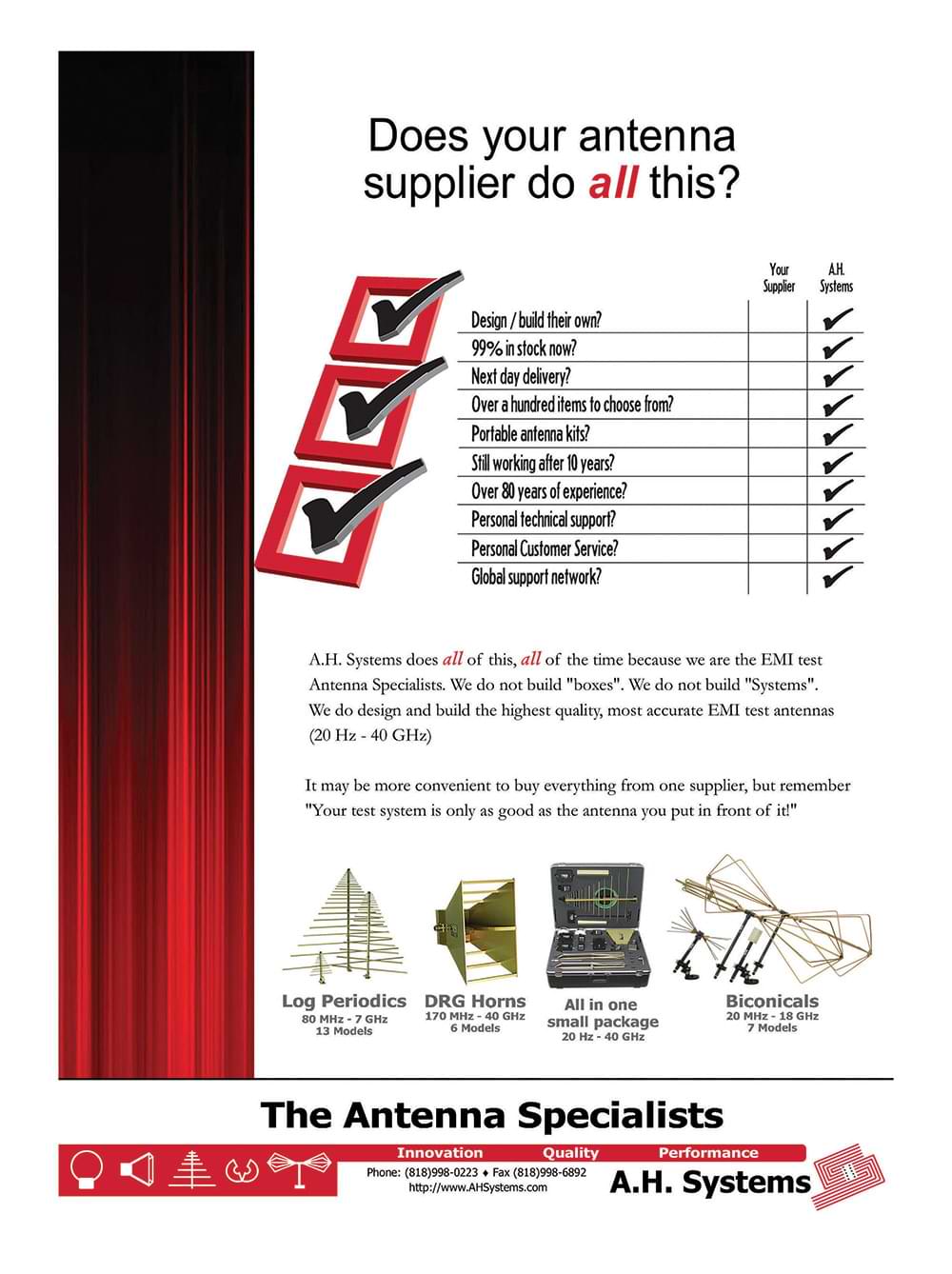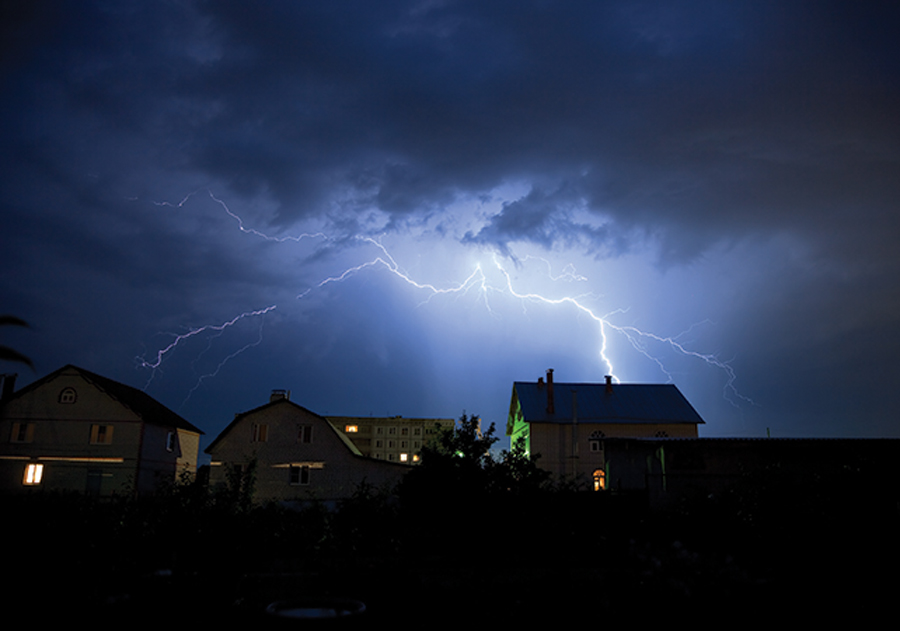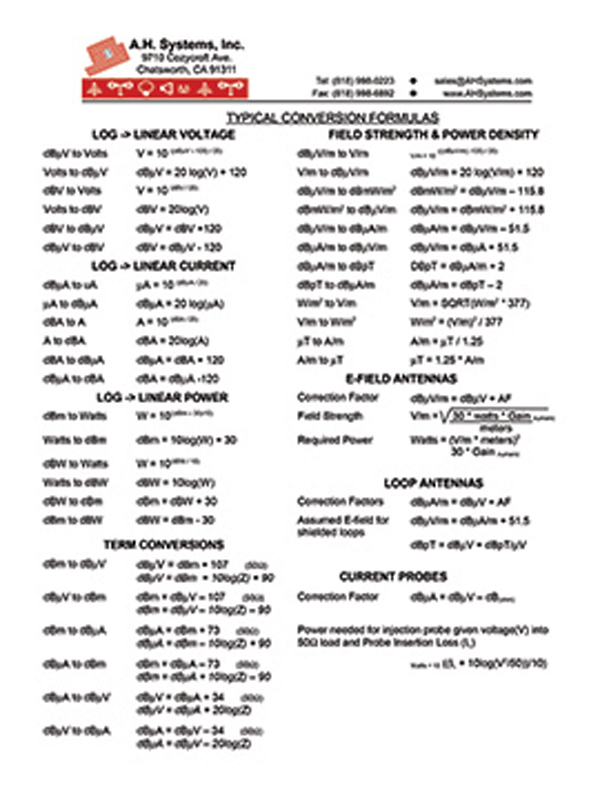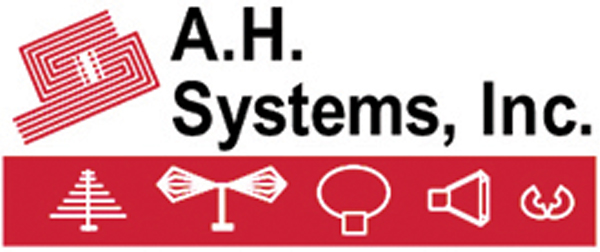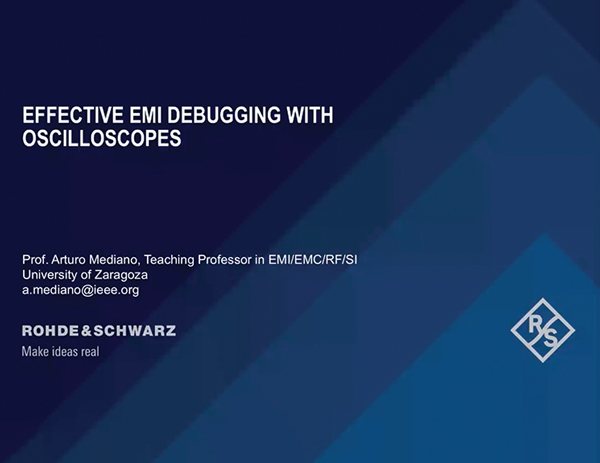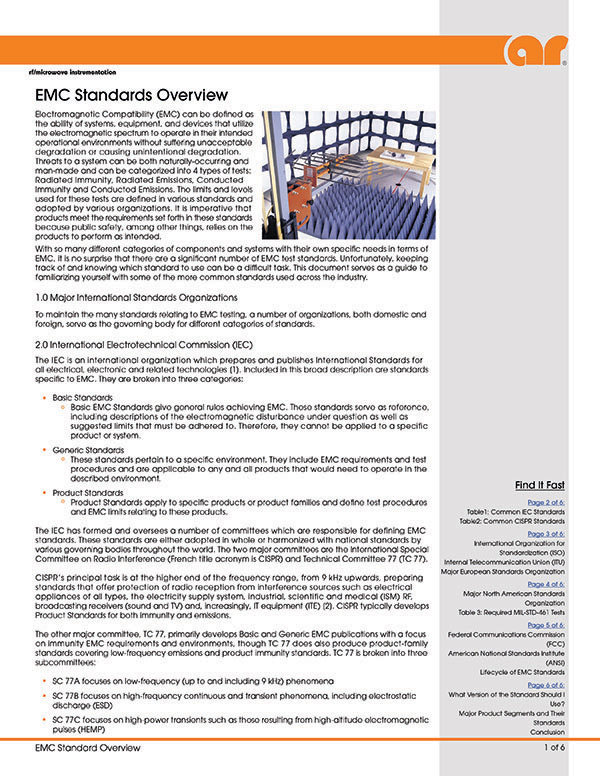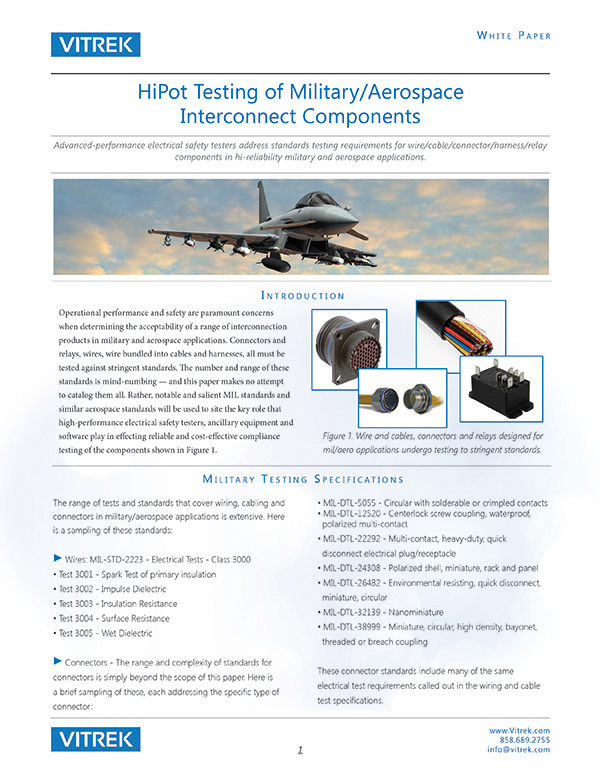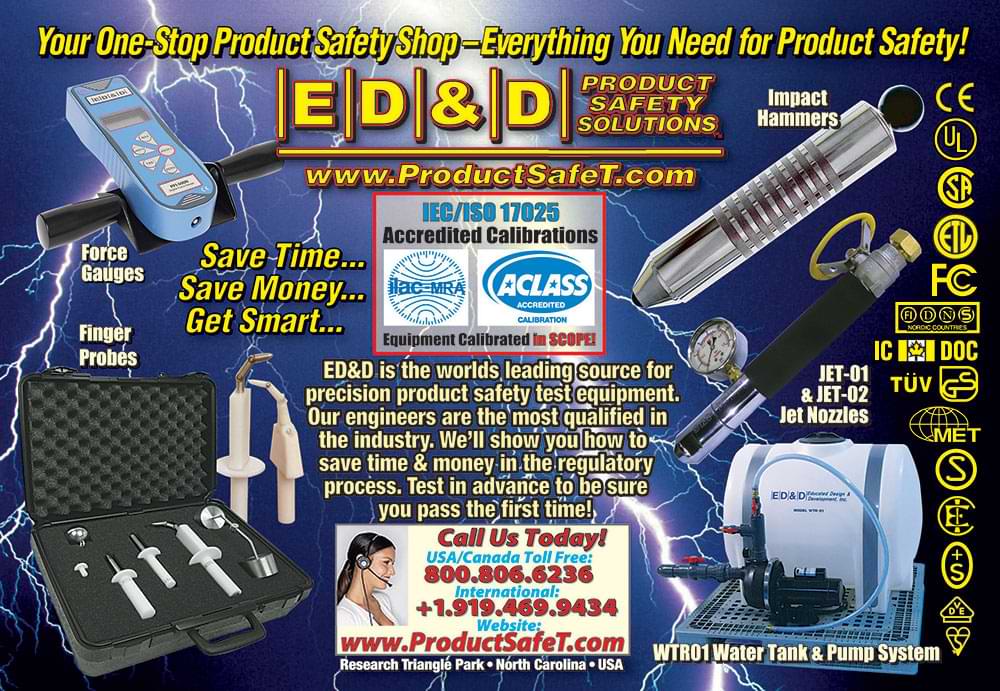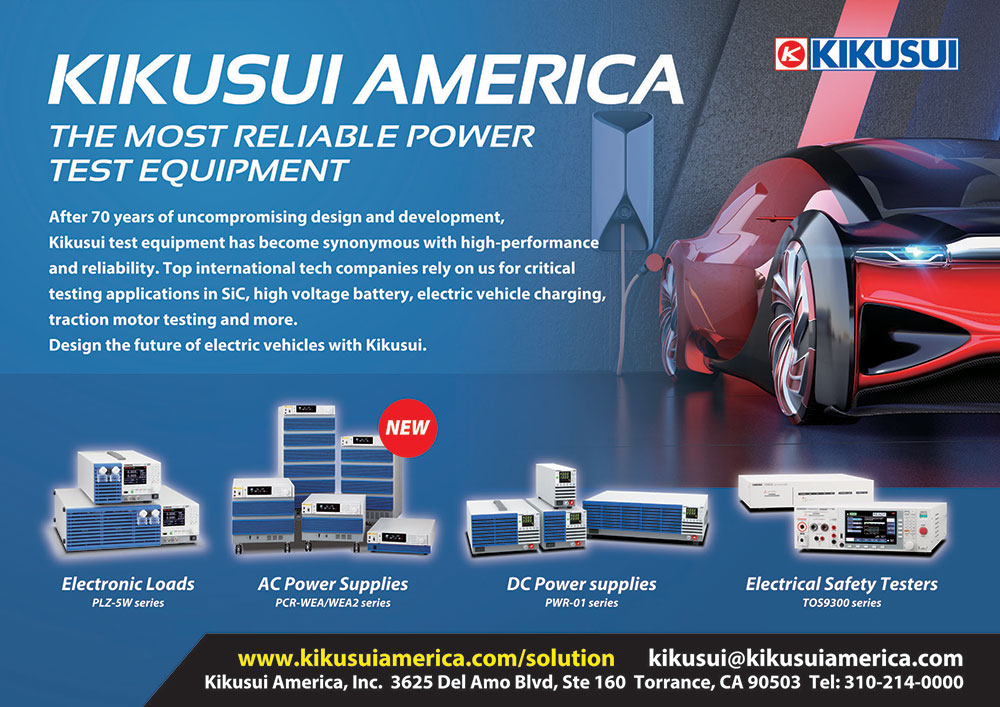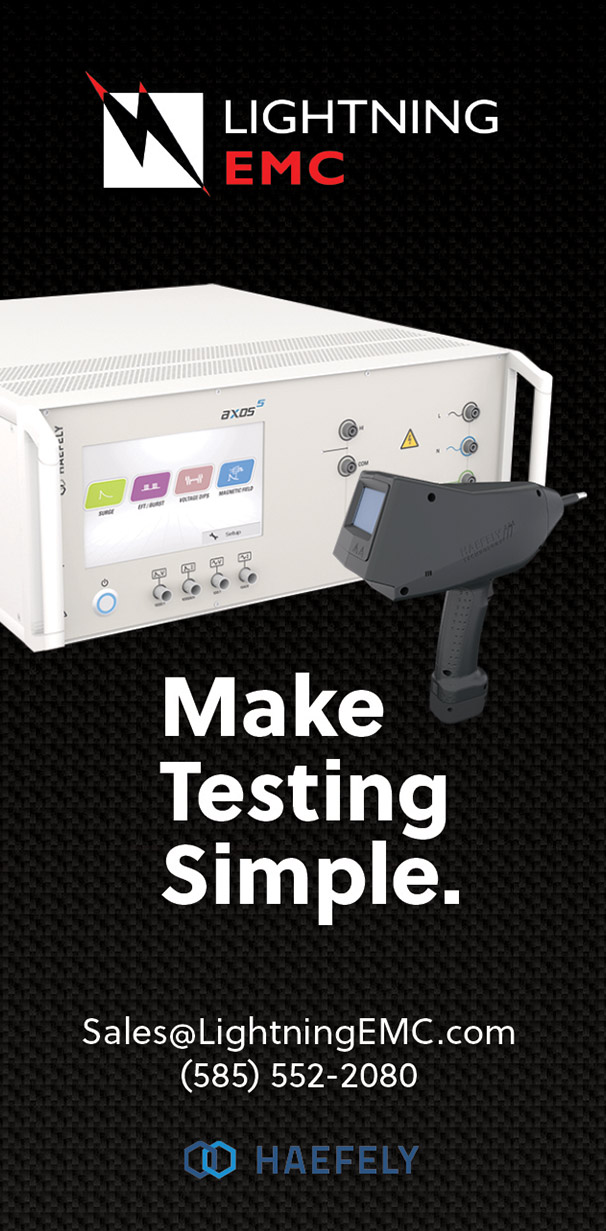
Professional Education in 2022
Professional Education in
Ground Potential Rise at Interconnected Houses
Navigating the
“Safety Hierarchy”
A Recipe for Success:
How to Grow from EMC Novice to EMC Expert

Ground Potential Rise at Interconnected Houses
Navigating the
“Safety Hierarchy”
A Recipe for Success:
How to Grow from EMC Novice to EMC Expert

ISSN 1948-8254 (print)
ISSN 1948-8262 (online)
is published by
Same Page Publishing Inc.
451 King Street, #458
Littleton, MA 01460
tel: (978) 486-4684
fax: (978) 486-4691
©Copyright 2022 Same Page Publishing, Inc. all rights reserved
Contents may not be reproduced in any form without the prior consent of the publisher.
While every attempt is made to provide accurate information, neither the publisher nor the authors accept any liability for errors or omissions.
publisher
bruce@brucearch.com
keith.armstrong@
cherryclough.com
Leo@EisnerSafety.com
dgerke@emiguru.com
ken.javor@emcompliance.com
kenrossesq@gmail.com
wernerschaefer@comcast.net
Subscriptions outside North America are $129 for 12 issues. The digital edition is free.
Please contact our circulation department at circulation@incompliancemag.com
According to a press release issued by the FCC, the company, Kinésis, proposed the deployment of a constellation of 25 small, low-Earth orbit satellites and was seeking permission…
According to the Directive, toys are defined as “products designed or intended…for use in play by children…


s the world gradually (and cautiously!) reopens after the past two years, we optimistically predict that 2022 will be like no other year in recent memory. Companies and industry professionals will go bold in exploring new ideas and pursuing previously unseen opportunities to bring new and innovative technologies to market. And, with supply chain workarounds taking effect, commercial and consumer markets will bounce back in ways that would have been the stuff of fantasies pre-pandemic.
In this promising time, your ongoing personal efforts to refresh or expand your professional and technical knowledge are more important than ever. So, as 2022 begins, we’ve once again queried training resources throughout our industry to provide you with an overview of free or affordable solutions to meet your training goals in the new year. In this article, you’ll find sources of compliance-related seminars, workshops, and other types of training, offered live, including both virtual and in-person options, as well as pre-recorded webinars and on-demand training offerings.

uch has been written about failures due to ground potential rise (GPR). So, is there anything more to say? Well yes. What has been written has generally been about single houses with multiple grounds. But often there is not just a single house, but multiple houses all potentially interconnected via a single piece of equipment. For example, in homes connected to a distribution point unit (DPU) (see Figure 1) the DPU is often a fiber-to-the distribution point (FTTdp) unit, or a digital subscriber line access multiplexer (DSLAM). So, what happens in this case?
Well, what could happen is insulation failure. This kind of failure was discussed in a 2011 study by the Japanese telecommunications company Nippon Telegraph and Telephone (NTT). That company had a problem. About 0.05% of their optical network terminal/home gateway ONT/HGW boxes stopped working due to insulation failure. Now 0.05% doesn’t sound like much, but with 15 million installed devices, that amounted to 7500 units per year. Their research showed that the 0.05% failure rate corresponded to a 7.7 kV surge. Assuming that 0.05% (or less) is an acceptable failure rate, could GPR cause the corresponding 7.7 kV insulation failure?

ne of the key issues that must be decided by any manufacturer when designing new products or improving current products is how safe is safe enough and whether there is a reasonable alternative design that can be adopted at a reasonable cost. Unfortunately, the law and standards don’t answer the question. And a risk assessment, although helpful in quantifying risk and identifying alternative designs that might improve safety, also does not answer the question.
So how does a manufacturer make a final design decision? The manufacturer should first consider all applicable safety standards that affect the product’s design and whether competitors comply with or exceed those standards. The manufacturer should then engage in some type of risk assessment that identifies and quantifies risks in the contemplated design, as well as the various ways in which those risks could be reduced, such as by using a different design, guarding, warnings, instructions, training, etc.
At that point, the manufacturer must decide what design features to apply to their product, including any guarding, and when can they rely on these techniques to sufficiently reduce overall risk. This decision is most critical to the safety of the product in actual use, as well as a possible defense against potential claims that the product is unsafe.

Editor’s Note—Originally published in our March 2014 issue, this article remains one of the most popular articles among readers of In Compliance Magazine. The most recent version of this article was published in our January 2020 issue.
t’s been said that nobody grows up wanting to be an EMC engineer. Rather, it usually just happens. Maybe you had incriminating information on your resume, such as being a radio ham. “You’ve created interference, so you must know how to stop it, right?” Maybe you showed a knack for EMC troubleshooting, and suddenly you’re now the company expert – whether you want to be or not. Or maybe you just zigged when you should have zagged.
In any event, you’re now in the EMC trenches. In this article, we’ll discuss what to do next. It won’t happen overnight, but with a plan (and some work), you can move from EMC-novice to EMC-expert.
his is the eighth article in a series of articles devoted to the design, test, and EMC emissions evaluation of 1- and 2-layer PCBs that contain AC/DC and/or DC/DC converters and employ different ground techniques [1-7].
In this article, we evaluate the performance of the baseline AC/DC converter. The baseline AC/DC converter has only the components needed for functionality and does not have any specific EMC components populated. [7] This configuration will give us a view into what the conducted and radiated emissions issues will be prior to adding components and the cost to specifically address EMC issues. We present the test results from the baseline radiated and conducted emissions tests performed according to the CFR Title 47, Part 15, Subpart B, Class B.
A Historical Overview
n our last On Your Mark column, we explored key components of a comprehensive product safety strategy – from risk assessment to safety labels and manuals – and ways those elements work together to improve safety and reduce risk. How did we get here – why are certain perceptions and directives in place – and how do they differ across the globe? History is very telling in influencing the trajectories of product safety and liability. To get the details, we turned to insight from Doug Nix, Managing Director of Compliance inSight Consulting and lead author of the Machinery Safety 101 blog, with over 30 years of industrial safety experience specializing in machinery safety and risk assessment methods. Read our interview with Nix for context on how the past has shaped the ideology and approaches that we employ today.
Give us a brief historical overview of product safety and liability.

Very little has happened to Section 21 recently other than a reduction of the limits in the receiver band for certain test categories and the banning of circularly polarised antennas, with both horizontal and vertical testing being required above 25MHz. However, more significant changes…
Question: I have a Rover 827 Si, bought new in Spain in 186. When I travelled to the UK recently, it suffered a major electrical meltdown and was rendered immobile. It has done little more than 40,000 miles and is otherwise in first‑class condition. Is there are alternative…
Operating my personal document shredder crashes my digital TV set-top box, although it is 5 metres away. Toggling the on/off button on the set-top box restores normal operation.
(Sent in by Peter Cryer, 2nd February 2006.)
The day after attending your course on Advanced PCB Design for EMC, during which you emphasised the exponential relationship between cost of modification and the date of market introduction, I went back…
ESD Best Practices for Technology Change
February 8-10
Applying Practical EMI Design and Troubleshooting Techniques
Advanced PCB Design for EMC & SI
February 13-18
European Microwave Week
March 8-11
EMC Compo
March 15-17
EMV 2022
March 27-April 1
EuCAP 2022 – The 16th European Conference on Antennas and Propagation
April 3-6
A2LA Tech Forum 2022
April 5-7
DesignCon 2022
April 19
EMC mini 2022
EMC Week
April 28-29
Principles of Electromagnetic Compatibility
May 8-11
2022 Asia-Pacific International Symposium on Electromagnetic Compatibility
May 9-13
Applying Practical EMI Design and Troubleshooting Techniques
Advanced PCB Design for EMC & SI
Mechanical Design for EMC
May 16-19
2022 IEEE International Instrumentation and Measurement Technology Conference (I2MTC)
May 17-19
2022 IEEE International Symposium on Product Compliance Engineering (ISPCE)
May 18-19
EMC & Compliance International Worskshop



